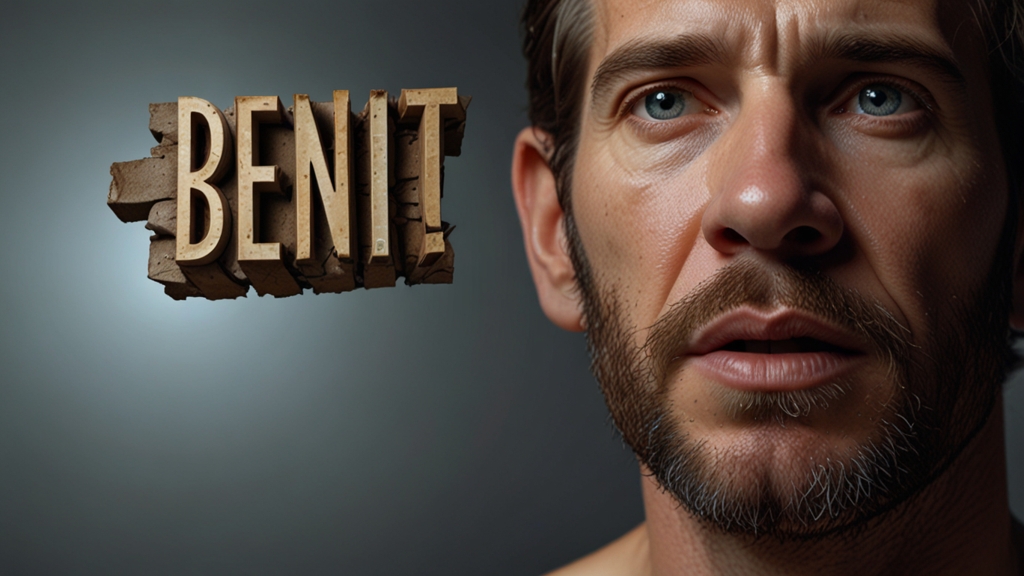Moses Through the Ages: How His Story Has Evolved
The figure of Moses has served as a symbol of leadership, faith, and liberation for millennia. His story, primarily chronicled in the Hebrew Bible's Book of Exodus, has transcended religious, cultural, and national boundaries, evolving significantly through the ages. From Moses as a religious prophet to a pop culture icon, his narrative has been reinterpreted in countless ways. This article delves into the various stages of the evolution of Moses' story, shedding light on how different societies have perceived and molded his legacy.
Ancient Origins
Moses' earliest mentions are found in the Hebrew Bible, where he is presented as a prophet, lawgiver, and the leader who delivered the Israelites from Egyptian slavery. His narrative includes dramatic encounters such as the burning bush, the parting of the Red Sea, and the reception of the Ten Commandments on Mount Sinai. For early Jewish communities, Moses was not just a historical figure but a divine messenger and a foundational figure in their religious identity.
In these ancient texts, Moses’ character combines elements of human vulnerability, divine selection, and unwavering faith. The stories served as moral and ethical guides, encapsulating the identity and values of the Israelite people.
Christian Interpretations
Among Christians, Moses is also a pivotal figure, regarded as a precursor to Jesus Christ. The New Testament references Moses multiple times, particularly in the context of the Law and the Gospels. Early Christian theologians like Augustine and Aquinas further integrated Moses into Christian doctrine, interpreting his life as a symbol of obedience and faith.
"Moses was faithful as a servant in all God’s house, testifying to what would be said in the future. But Christ is faithful as the Son over God’s house. And we are his house, if indeed we hold firmly to our confidence and the hope in which we glory." — Hebrews 3:5-6
Islamic Depictions
In Islam, Moses (known as Musa) is also a revered prophet, second only to Muhammad in prominence. The Quran recounts his story in a manner that parallels and diverges from the biblical account. Moses' dialogues with Allah, his unwavering faith, and his role as a liberator resonate deeply in Islamic teachings, illustrating the universality of his story.
His depiction in Islamic literature emphasizes the themes of monotheism, divine intervention, and moral rectitude, aligning closely with Islamic values and principles.
Renaissance and Enlightenment Perspectives
During the Renaissance, Moses was frequently depicted in European art, often imbued with contemporary cultural and political symbolism. Michelangelo's famous statue in Rome, for instance, renders Moses as a physically imposing figure with horns, a visual interpretation rooted in a Latin mistranslation of the Hebrew Scriptures.
In the Enlightenment era, Moses became a symbol of legal and ethical rule rather than divine intervention. Philosophers and historians, such as Thomas Hobbes and Baruch Spinoza, sought to rationalize Moses' story, viewing it through the lens of natural law and reason.
"For though it be not a Text, yet it is evident enough, that Moses was (under God) the sole Legislator of the Israelites; and that the laws which he made, were the civil laws of that people." — Thomas Hobbes, 'Leviathan'
Modern Reinterpretations
In modern times, Moses' story has permeated various aspects of culture and society. From Cecil B. DeMille's epic film "The Ten Commandments" to animated productions like "The Prince of Egypt," Moses' narrative has reached a broader audience, often emphasizing themes of freedom and justice.
In contemporary religious thought, Moses continues to be a figure of reverence and examination. Scholars analyze his story through various lenses, including feminist theology, liberation theology, and interfaith dialogues, constantly reshaping and rediscovering the complexities of his character.
Conclusion
Moses' story, rich with multifaceted themes and universal messages, has evolved remarkably through the ages. From religious scripture to cultural icon, his narrative has been continuously reinterpreted to reflect the values, concerns, and aspirations of diverse communities. As society progresses, so too will the story of Moses, perpetually adapting to new contexts and perspectives, while preserving its timeless essence of faith, leadership, and liberation.









